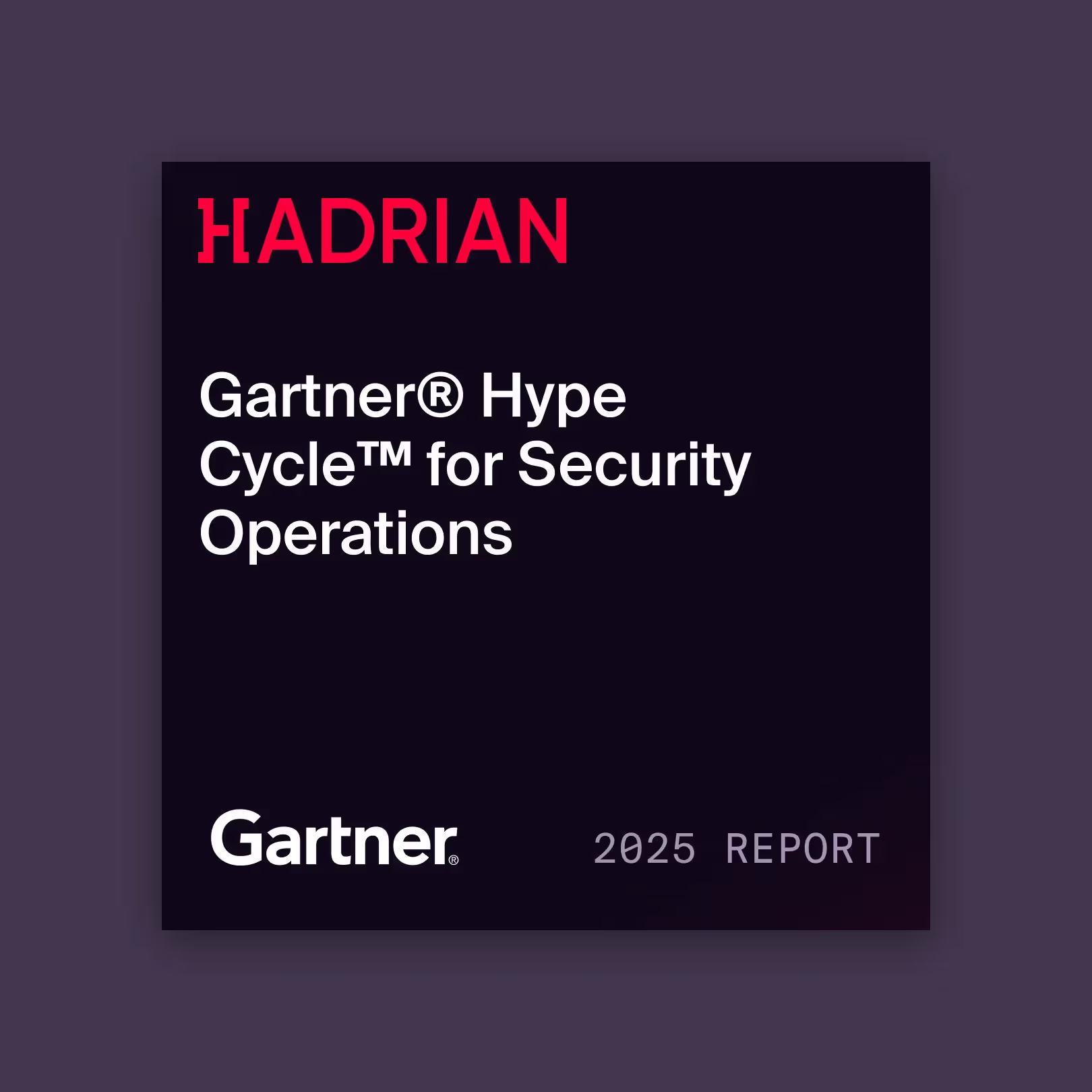
Traditional security testing that occurs at a single point in time often falls short in identifying real-world risks. Adversarial Exposure Validation (AEV) offers a proactive approach to continuously assessing and improving an organization’s security posture. In just two minutes, let’s break down what AEV is, why it matters, and how it differs from other security validation methods.
What is Adversarial Exposure Validation?
Adversarial Exposure Validation (AEV) is an automated, continuous security validation approach that mimics real-world cyber threats to identify and prioritize exploitable security gaps. Many organizations still rely on outdated approaches like point-in-time penetration tests or vulnerability scans that generate endless lists of potential risks—without verifying which ones are truly exploitable.
AEV overlays with Continuous Threat Exposure Management (CTEM) principles to help security teams to shift from a reactive to a proactive security posture. Core functions of AEV:
- Analyzing an organization from the outside-in to identify potential security weaknesses
- Simulates adversary behavior using real attack techniques, tactics, and procedures (TTPs)
- Validates whether vulnerabilities can actually be exploited in your environment
- Prioritizes remediation based on risk to critical assets, rather than just CVSS scores
- Proactively enable security team to mitigate the threat of cyberattacks
{{cta-aev}}
Key Reasons for AEV Adoption
Many organizations assume their security defenses will stop attacks, but without continuous testing, they lack real assurance. Rather than waiting for an attacker to exploit a vulnerability, AEV helps security teams identify, test, and remediate security gaps before they can be used against the organization. The drivers for adoption can be summarized as:
Proactive Threat Mitigation
AEV continuously emulates real-world cyberattacks to identify and validate vulnerabilities before adversaries can exploit them. This proactive approach allows organizations to fix critical weaknesses early, reducing the chances of successful attacks.
Prioritized Remediation
AEV helps security teams focus on vulnerabilities that are truly exploitable in practice, not just in theory. By prioritizing risks based on their real-world exploitability and business impact, AEV ensures resources are allocated to the most pressing security issues.
Efficiency and Scalability
AEV automates security testing, eliminating the need for manual intervention and allowing for regular, large-scale testing without increasing resource demands. This scalability makes it suitable for organizations of all sizes, regardless of their security resources.
How AEV Differs from EASM
While External Attack Surface Management (EASM) helps organizations discover and monitor exposed assets, it does not actively test whether those assets are vulnerable to real-world attacks. EASM focuses on asset discovery and monitoring, whereas AEV goes a step further by validating how an attacker could exploit those assets in a real-world attack scenario.
Simply knowing what is exposed is not enough; organizations must understand how those exposures can be weaponized by attackers. AEV provides that validation by testing adversary tactics and techniques against identified attack surfaces.
How AEV Differs from BAS and Red Teaming
AEV is often compared to Breach and Attack Simulation (BAS) and Red Teaming, but it goes beyond both approaches. While BAS primarily focuses on testing security controls, it does not simulate full attack chains or prioritize threats based on business impact. Red Teaming, on the other hand, relies heavily on human expertise and is often resource-intensive, making it difficult to scale.
AEV combines the automation of BAS with the strategic depth of Red Teaming, providing scalable and continuous security testing that is both efficient and effective. It ensures that security teams are not just identifying potential threats but understanding their real-world exploitability and impact.
How to Implement Adversarial Exposure Validation
The first step in implementing AEV is assessing your current security validation strategy to identify gaps. Many organizations still rely on traditional pen testing, struggle with vulnerability overload, or lack real-world attack testing. Understanding these weaknesses helps organizations recognize the value that AEV can provide.
The next step is selecting an AEV platform that offers automated attack simulations, integrates with existing security tools, and prioritizes exploitable threats. Once implemented, organizations should continuously run attack simulations to validate whether security defenses can detect and stop real attack techniques.
Hadrian offensive security platform provides the following benefits:
- Our solution is built to test the full breadth of your attack surface, including both on-premises and cloud environments. Whether it's networks, endpoints, or web applications, Hadrian ensures no asset is left untested, providing thorough visibility across your entire infrastructure.
- At Hadrian, we understand that the modern security landscape demands continuous vigilance. Our solution automates attack simulations to run 24/7, ensuring your organization’s security posture remains up-to-date and responsive to emerging threats without requiring manual intervention.
- Hadrian’s platform is designed to simulate real-world attack tactics, techniques, and procedures (TTPs), providing a true-to-life assessment of your security defenses. We emulate the behavior of advanced adversaries, including APTs, to help identify vulnerabilities that would be targeted by actual cybercriminals.
- We believe in helping you focus on the vulnerabilities that matter most. Hadrian’s solution goes beyond traditional risk scoring by using real-world exploitability and business context to prioritize vulnerabilities. This approach allows your security teams to allocate resources to the most critical threats, ensuring higher ROI for your efforts.
- It’s not enough to just identify vulnerabilities. Hadrian’s platform provides your security teams with actionable insights and clear remediation steps. We guide your team through practical fixes to address weaknesses and enhance your defenses, improving overall resilience.
Getting Started With AEV
Adversarial Exposure Validation is changing the way organizations approach security validation by shifting from reactive security assessments to continuous, proactive testing. By emulating real-world attack techniques, AEV helps organizations prioritize the right risks, validate security effectiveness, and reduce overall cyber exposure.
Hadrian’s platform is designed to help organizations identify, validate, and mitigate risks in real time, ensuring that your security posture is always resilient and ready to face evolving adversaries. To begin your journey with a free trial at Hadrian.
{{cta-demo}}





